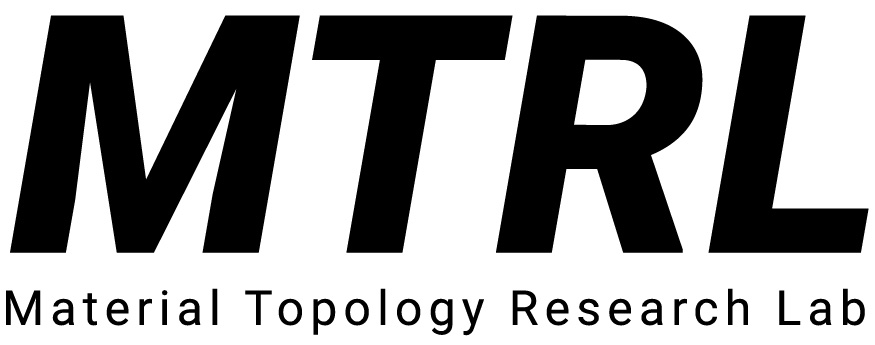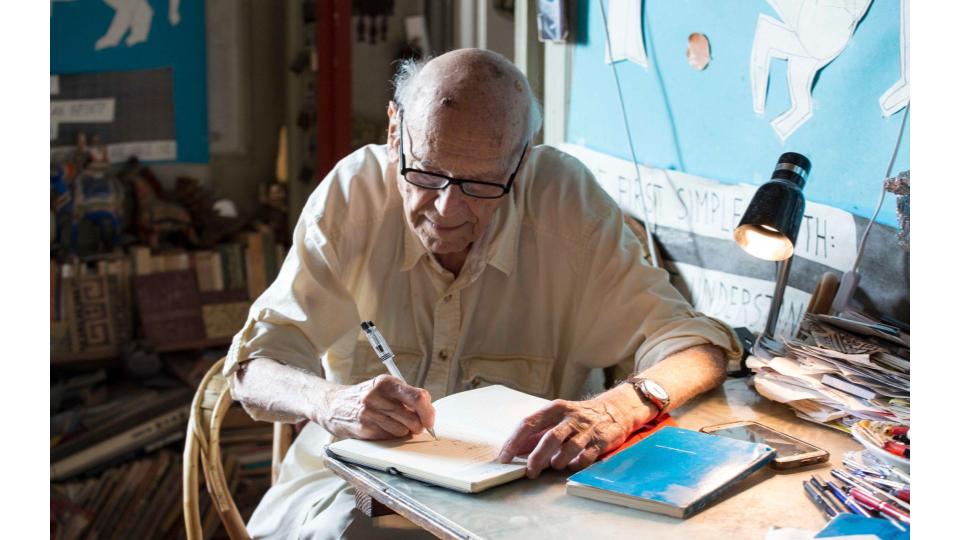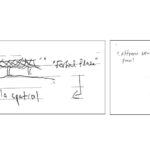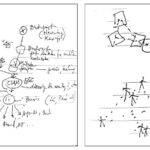The Flatwriter, YONA, and Beyond: Reenacting a Cybernetic Experiment

The 1960s introduced a radical, experimental utopian spirit in architecture. Neo avant-garde architects rejected the rigidity of modernism and developed new typologies of participatory design, and new forms and structures. Technological discoveries allowed architects to expand their abilities to view the landscape and think about place and space in a three-dimensional way, and to devise new speculative planning and design methods while reexamining the role of the architect.
The study examines housing as a significant field in the history of architecture considering the development of computing architecture. It focuses on the work of the architect Yona Friedman, chiefly his Flatwriter machine, conceptualized in his book Toward a Scientific Architecture (1971). The Flatwriter, a computerized machine that allows users to actively participate in planning their dwellings, formed the basis of the YONA software (1976). This was developed at MIT with the founder of the Architecture Machine Group, the architect and theoretician Nicholas Negroponte. The group’s early experiment in computer-aided participatory design marks a turning point in architectural practices and theories. The attempt to give users a measure of control over their dwellings was seen as a democratizing factor and a way forward for solving housing shortages and rigid architectural house plans. The research deals with the turning point in Friedman’s work: his move from manual methodology, photo-based planning, and diagrams to action in the field of architectural computing based on mathematical methods and concepts.
We began our research in 2019 and engaged in close collaboration with Yona Friedman and former Architecture Machine Group researcher Guy Weizanpfel to reenact the original Flatwriter and YONA platforms. Considering the incompatibility of the original version with modern computers, our objective was to analyze the technology, remodel it, adapt it to current operating systems, and finally put it to the test.
Research Team:
Associate Professor Aaron Sprecher
Associate Professor Yael Allweil
Technion MTRL, 2018-2022








